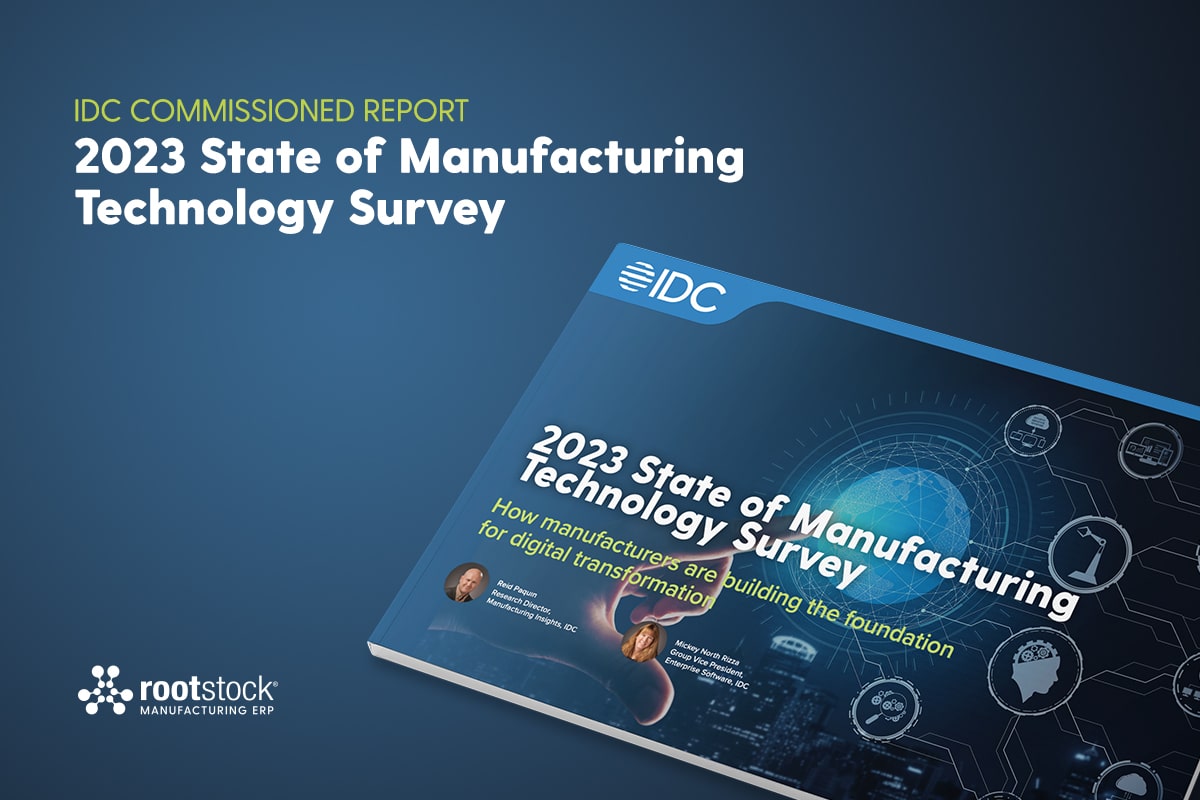An Introduction to Supply Chain Transparency
In “The Path to Supply Chain Transparency,” author David Linich connects Upton Sinclair’s 1904 novel The Jungle which revealed horrible factory floor conditions in Chicago’s meat packing industry, to the challenges in today’s global supply chain manufacturing operations. Conditions in our globalized economy touch every kind of supply chain. From labor, product and safety issues to political unrest, corruption, and environmental concerns, any of these global conditions pose both risk and challenge in manufacturing supply chains.
1900s American manufacturing was beset with health violations and unsanitary practices, which resulted in tighter government oversight such as the implementation of the U.S. Food and Drug Act. Today’s global supply chains still have labor, health, and sanitation issues but now give rise to social media scrutiny, even geopolitical challenges. Problems can manifest themselves in Oxfam-like NGO (non-governmental organization) activism, media problems and class action lawsuits. The high levels of media attention today raise the levels of risk as business becomes increasingly global and multinational. Transparency is a critical must do, and a complex challenge for the global supply chain.
How does the global supply chain work? Typically, the flow of the supply chain has always been about actual material combined with information. Products move from supplier to customer, using different warehouses, distributors, dealers and retailers. Information flows much the same way as materials do, and for both flows, all points in the supply chain can be located anywhere in the world. Money still flows from customer to supplier, and most global manufacturers find ERP helps streamline all flows and keeps the supply chain efficient and effective. Transparency is needed to keep all flows visible.
When a supply chain is transparent, it is visible to management, and the operation can be more proactive in avoiding anything that will impact the brand. Because the supply chain is a network between the company and its suppliers to produce and distribute a product, any bad news weighs hardest on the brand itself. Social media stung Apple when it uncovered slum-like manufacturing conditions of Chinese workers who made Apple iPhones and iPads. Troubling facts surfaced in social media where two major Chinese plants forced workers into excessive working hours, public humiliation, and workhouse-like conditions that resulted in a series of suicides. Reports in the media told of factories where employee suicides caused the installment of nets outside windows to catch would-be jumpers. Apple, while still a popular brand, registered a down tick in sales due to this report.
Manufacturing supply chains need transparency throughout the process to avoid bad press outcomes from failures in the chain. Only an optimized, transparent supply chain will find the gaps, work to close them, and deliver on its goals of lower costs and timely production cycles.
Here are two first steps to build a transparent supply chain that will better manage and minimize risk in today’s global landscape.
Find the Risks; Make Your List
Creating transparency in the supply chain can be an overwhelming task for a manufacturing enterprise. The number of global locations from which materials travel can be numerous. Add in countless labor laws and regulations, and the product’s multifaceted route to market becomes a complicated process – far beyond a simple transportation issue.
Seeing the biggest risks up front is the first order in creating a short to do list of high priority areas. As Apple found in China, most supply chain risk starts in another country where a part is made for a factory in the U.S. This part can fast become a costly component when bad social media reports surface. In the story of the iPhone, a report from a local NGO resulted in negative brand buzz from scrutiny of problems in the supply chain. Solving the transparency issue is a must do to be proactive.
When an enterprise or manufacturer maps the areas of risk from high to low priority, there is a good chance of circumventing or preventing problems. Closing these information gaps is foundational to transparency, and requires solid management. By mapping and prioritizing all enterprises in the chain that help assemble and deliver the components, especially those with possible legal, regulatory and consumer issues, a manufacturer can better highlight areas that involve risk and scrutiny.
See It; Fix It
Famed American computer scientist Ben Shneiderman once quipped, “The purpose of visualization is insight, not pictures.” The story is in the data. Visualizing data is crucial to close the gaps that keep a supply chain from being transparent. Data is the information needed to develop insight into supply chain problems. Failure in the chain can come in many forms from product malfunction, unforeseen delivery delays, labor unrest, factory conditions and more can result in negative social media. This can cause the perception of brand dissatisfaction, and is easily avoided with a more transparent supply chain.
To avoid bad publicity and litigation, every business that comes into contact with a particular product- no matter where it is in the world- must be careful not to attract scrutiny and work to find these production and information gaps. Lack of supply chain transparency easily leads to failure to see problems brewing in the chain “upstream” which may broadside the manufacturing tiers “downstream”.
In our next blog, we will look at additional steps necessary to manage, and monitor the supply chain, and the tools available to facilitate this process.






